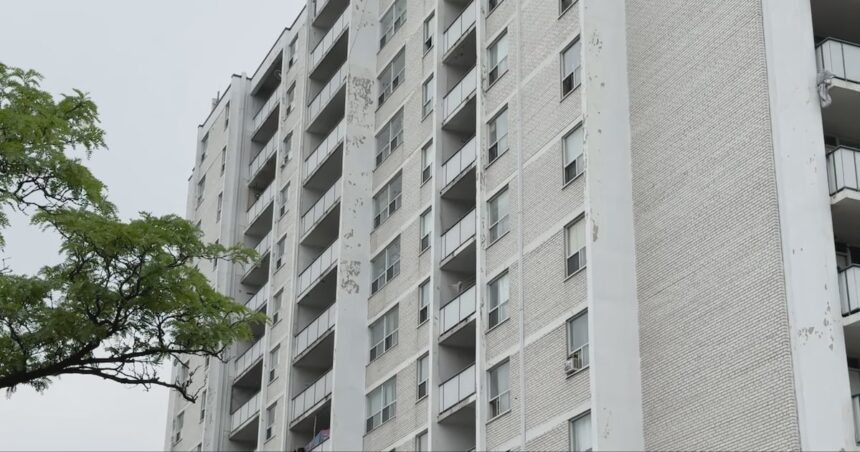The scorching heat wave that gripped Toronto this week left nearly 100 residents trapped in sweltering elevators across the city, creating a surge in emergency calls and highlighting critical infrastructure vulnerabilities during extreme weather events.
“I was trapped for almost 40 minutes in complete darkness,” recounted Sarah Mendes, a 34-year-old resident of a downtown high-rise. “The elevator just stopped between floors, and with no air circulation, it quickly became unbearably hot. I genuinely feared I might collapse from the heat before help arrived.”
Toronto Fire Services reported responding to approximately 97 elevator rescue calls during the three-day period when temperatures soared above 35°C, feeling closer to 40°C with humidity. This represents nearly double the typical call volume for elevator entrapments during regular weather conditions.
Fire Chief Matthew Pegg explained the domino effect caused by the extreme heat. “The combination of record electricity demand and equipment overheating created perfect conditions for elevator malfunctions,” he said during yesterday’s press conference. “Many buildings experienced power fluctuations that triggered safety mechanisms, leaving occupants stranded.”
The crisis particularly affected older buildings with outdated cooling systems for mechanical rooms where elevator controls are housed. When these rooms exceed certain temperatures, elevator systems often shut down automatically as a protective measure.
Property managers across Toronto are now facing tough questions about emergency preparedness. Industry experts recommend buildings implement several precautionary measures during extreme heat events, including reducing elevator capacity, performing preventative maintenance checks, and ensuring backup power systems are operational.
Urban infrastructure specialist Dr. Eleanor Thompkins from Ryerson University points to climate change as the underlying issue. “We’re seeing infrastructure designed for past climate conditions failing under new extremes,” she told CO24. “Buildings constructed decades ago weren’t engineered with these temperature scenarios in mind.”
For residents, the experience has been traumatic. Michael Chen, trapped for over an hour in his apartment building’s elevator, described the ordeal as “terrifying.” “There was no cell service, and the emergency call button wasn’t working. I was pounding on the doors hoping someone would hear me.”
Toronto Hydro has urged residents to conserve energy during peak hours to prevent further strain on the electrical grid. The utility company implemented rolling brownouts in several neighborhoods to prevent complete system failure as air conditioner use pushed electricity demand to record levels.
City officials have announced a comprehensive review of building codes and emergency response protocols in light of the incident. Mayor John Tory acknowledged the need for updated regulations. “As extreme weather events become more common, we must ensure our infrastructure and emergency services can withstand these challenges,” he stated at yesterday’s city council meeting.
Health officials emphasize the dangers of being trapped in confined spaces during extreme heat, particularly for vulnerable populations like the elderly or those with pre-existing health conditions. Toronto Public Health recorded a 27% increase in heat-related emergency room visits during the same period.
As climate scientists predict more frequent and intense heat waves for the region in coming years, the question remains: Is Toronto’s vertical infrastructure prepared for the new normal of extreme weather, and what will it cost residents and the city to bring aging systems up to standard?











